Home
History
Models
Accessories
Games
Xbox Models
There are many models of Xbox's. Through the years, Xbox keeps updating their models and making them even better than before. Here's all the models to exist from Xbox
Xbox - Generation One
It was released as Microsoft's first foray into the gaming console market on November 15, 2001. The Xbox had a record-breaking launch in North America, selling 1.5 million units before the end of 2001. The launch was one of the most successful in video game history, with unit sales surpassing 1 million after just 3 weeks and rising further to 1.5 million by the end of 2001. Among the names considered for the new console were a number of acronyms, including "Windows Entertainment Project" (WEP), "Microsoft Total Gaming" (MTG), "Microsoft Interactive Network Device" (MIND), and "Microsoft Interactive Center" (MIC). Also among the names considered was "DirectX Box", referring to the system's reliance on Direct X. At one point, Ted Hase jokingly came up with the names "XXX-Box" and "DirectXXX-Box" as a nod to the system's higher volume of adult content compared to Sony or Nintendo's consoles. "DirectX Box" was quickly shortened to "Xbox" through an e-mail conversation, and was ultimately favored by the development team, though a number of spelling variants were tossed around, such as xBox, XboX, and X-box. Microsoft's marketing department did not like this name, suggesting "11-X" or "Eleven-X" as alternatives. During focus testing, the company put the name "Xbox" on the list of possible names simply to prove how unpopular the Xbox name would be with consumers. However, "Xbox" proved to be the more popular name on the list and was thus selected as the official name of the product
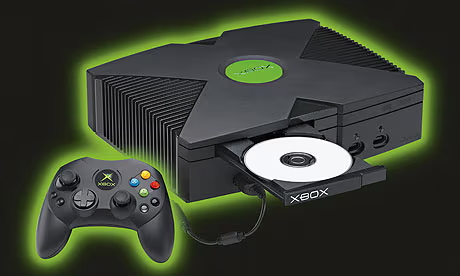
Xbox
Xbox 360 - Generation Two
The Xbox 360 was released as the successor of the original Xbox in November 2005, competing with Sony's PlayStation 3 and Nintendo's Wii as part of the seventh generation of video game consoles. As of June 2014, 84 million Xbox 360 consoles have been sold worldwide. The console sold out completely upon release in all regions except in Japan. Two major revisions of the Xbox 360 were released following the initial launch. The Xbox 360 S (typically considered as "Slim"), launched in 2010, featured the same core hardware but with a redesigned, slimmer form factor with a smaller-sized 250 GB hard drive. The Xbox 360 S replaced the base Xbox 360 unit, which was discontinued, and sold at the same price. A cheaper Xbox 360 S unit, removing the 250 GB drive while adding 4 GB of internal storage, was released later in 2010. The unit allowed users to hook up an external storage solution or purchase a 250 GB internal add-on. The second major revision of the Xbox 360 was the Xbox 360 E, released in 2013. It featured a case style similar to the upcoming Xbox One, and eliminated one USB port and the S/PDIF, YPbPr component and S-video connections, but otherwise shared the same specifications as the Xbox 360 S.
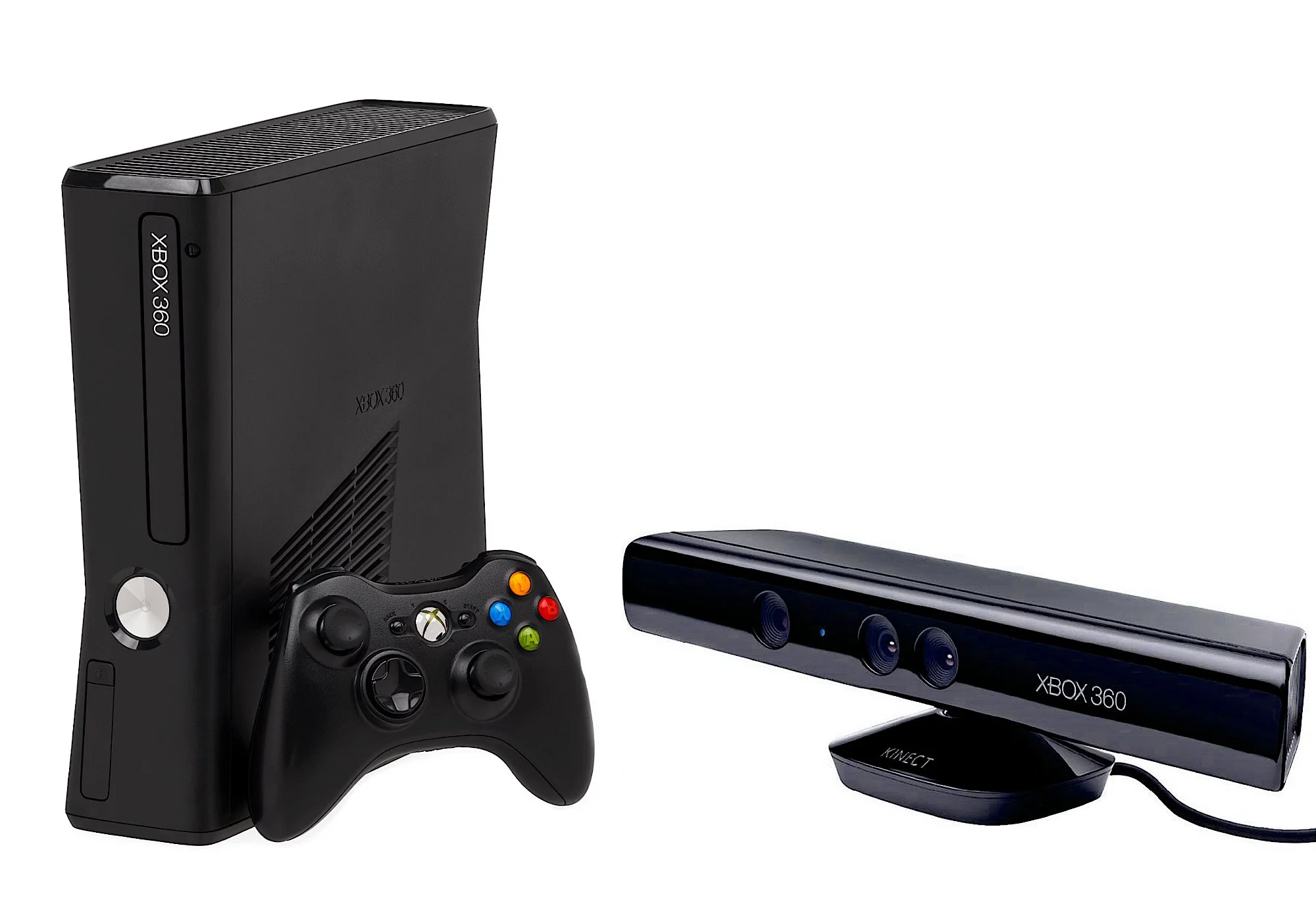
Xbox 360
Xbox One, One S, and One X - Generation Three
The Xbox One was released on November 22, 2013, in North America, as the successor to the Xbox 360. The Xbox One competed with Sony's PlayStation 4 and Nintendo's Wii U and Switch as part of the eighth generation of video game consoles. Announced on May 21, 2013, the Xbox One has an emphasis on internet-based features, including the ability to record and stream gameplay, and the ability to integrate with a set-top box to watch cable or satellite TV through the console with an enhanced guide interface and Kinect-based voice control. On June 13, 2016, Microsoft announced the Xbox One S at E3 2016, which featured a smaller form factor, as well as support for 4K video (including streaming and Ultra HD Blu-ray) and HDR. At E3 2017, Microsoft unveiled Xbox One X, a high-end model with improved hardware designed to facilitate the playing of games at 4K resolution. Since November 2014, Microsoft has stated it will not release sales numbers for the Xbox One line. Xbox head Phil Spencer said that while they do internally track sales figures, they do not want their developers to be focused on these numbers as to affect their products, and thus have opted not to report further sales of Xbox hardware going forward. In July 2023, Microsoft revealed that the Xbox One line has sold over 58 million units.
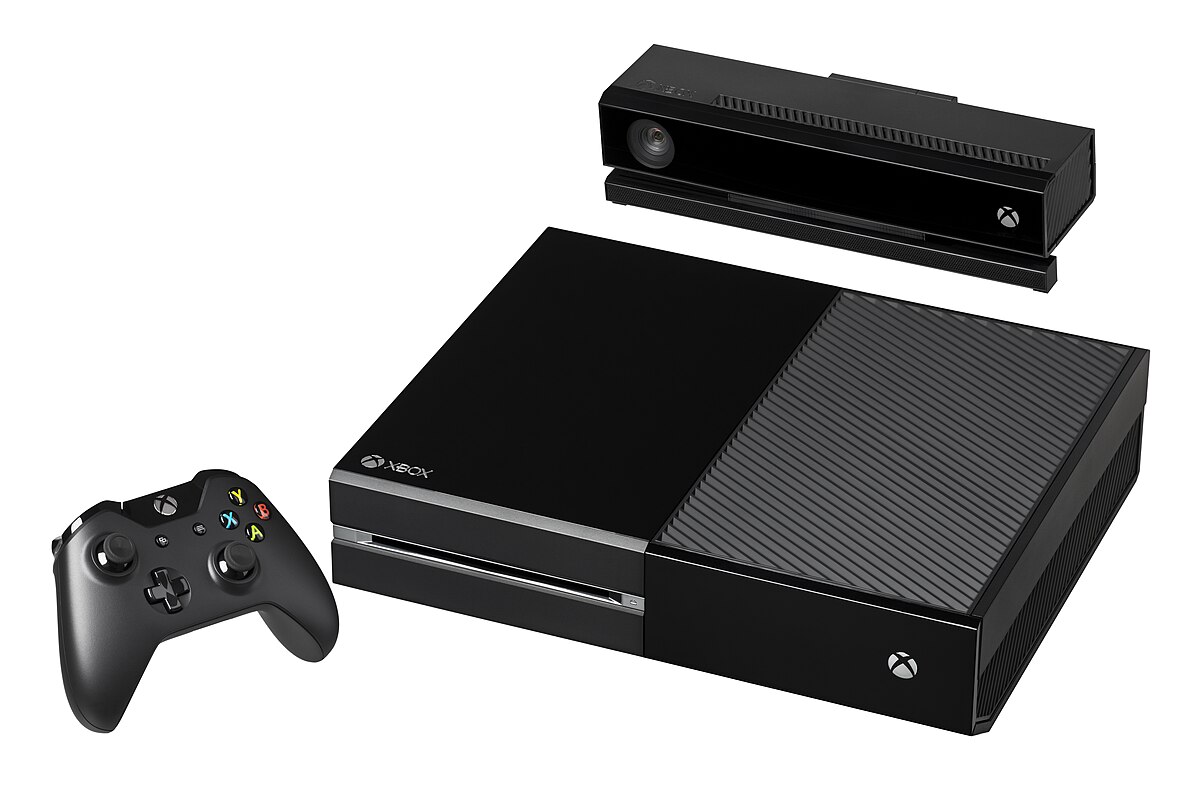
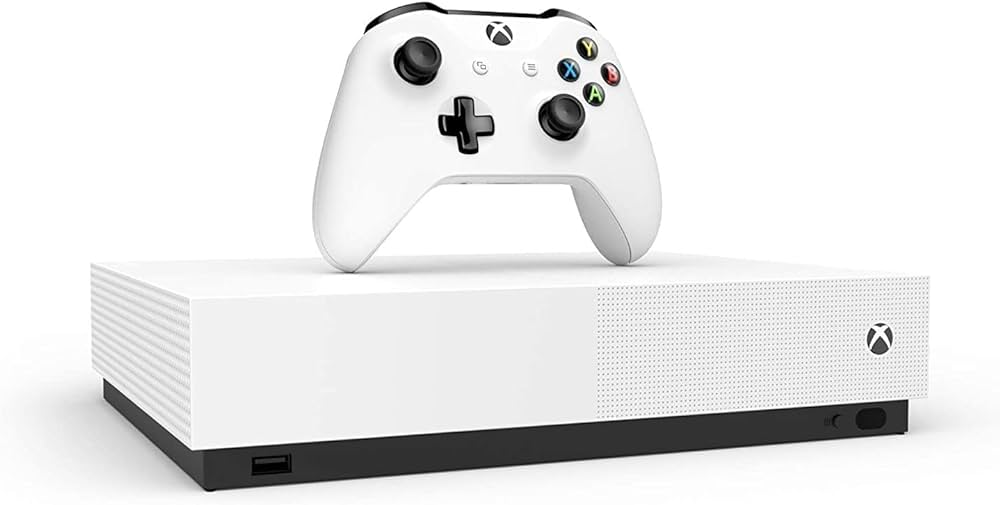
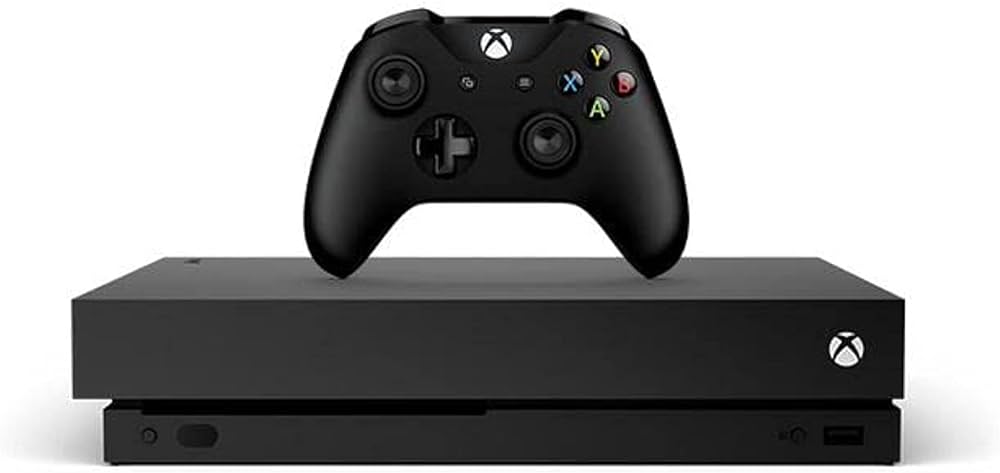
<-----Xbox One
Xbox One S
Xbox One X------->
Xbox Series X and S - Generation Four
The fourth generation of Xbox models, simply named Xbox, includes the Xbox Series X and Xbox Series S that launched on November 10, 2020. Both are considered members of the ninth generation of video game consoles alongside the PlayStation 5, also released that month. The Xbox Series X and Series S are high-end and low-end versions comparable to the Xbox One X and Xbox One S models, respectively, with all games designed for this model family playable on both systems. The Xbox Series X is estimated to be four times as powerful as Xbox One X, with support for 8K resolution and up to 120 frames-per-second rendering, with a nominal target of 4K resolution at 60 frames per second. The Xbox Series S is a digital-only unit with less graphic processing power, but can still render at a nominal 1440p resolution at 60 frames per second with support for 4K upscaling. Both consoles features support for new graphics rendering systems including real-time ray-tracing, and the new Xbox Velocity Architecture that works with the internal SSD drive to maximize the rate of texture streaming to the graphics processor, among other features. To help transition consumers, Microsoft introduced its Smart Delivery system which most of its first-party games and several third-party games will use to offer free updates to Xbox One versions of games to the Xbox Series X/S version over the first few years of the consoles' launch.
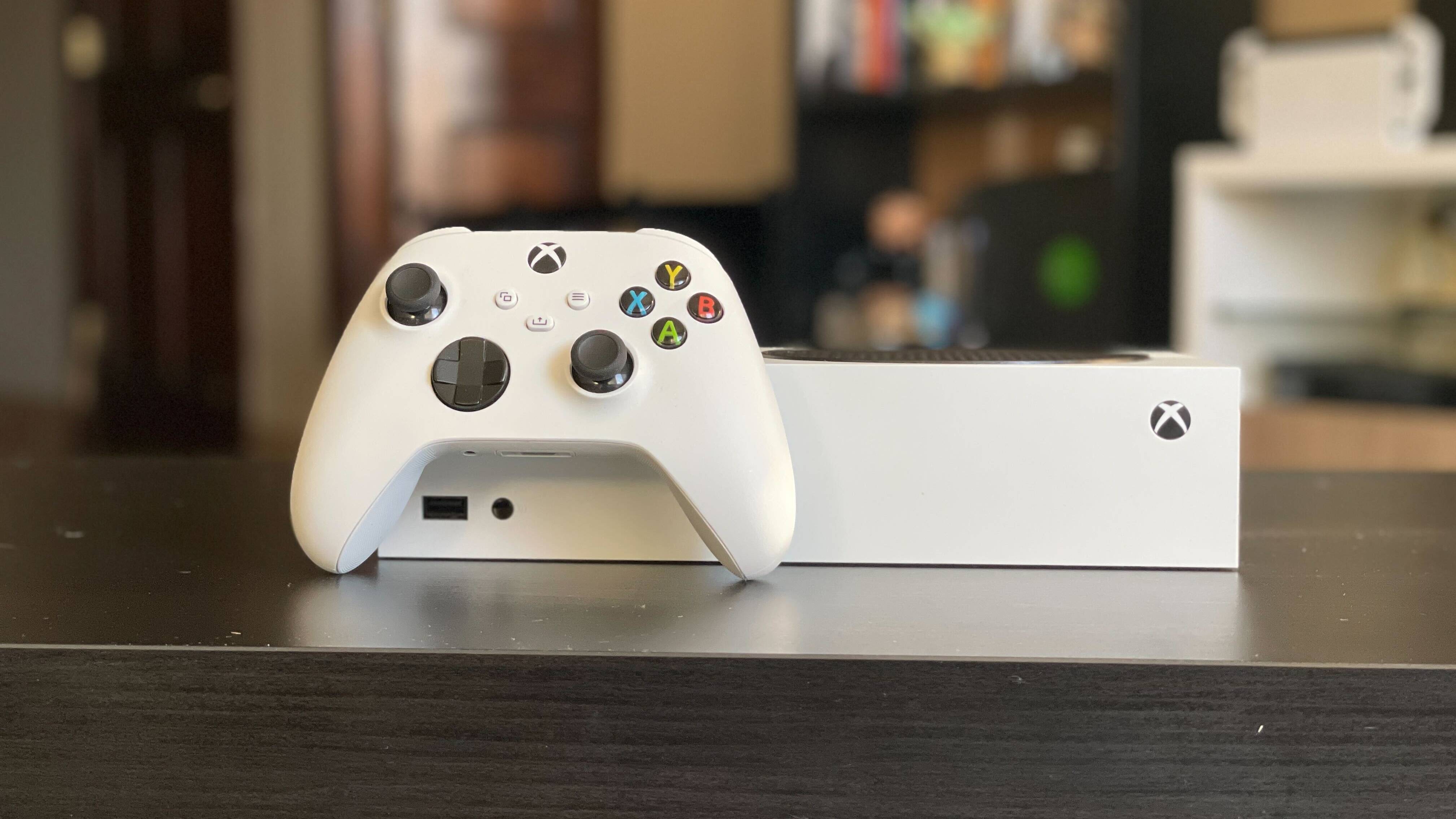

<----Xbox Series S
Xbox Series X------>






